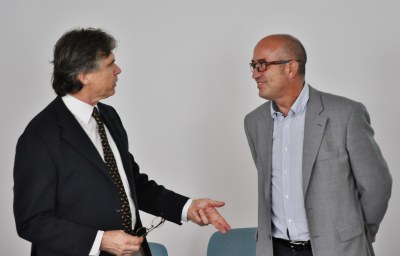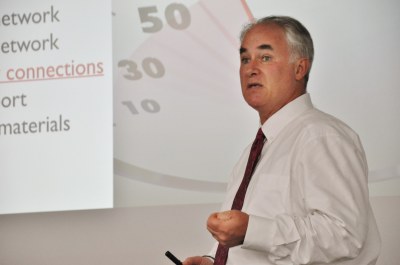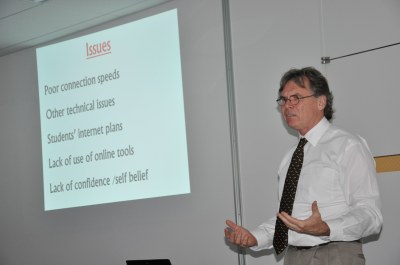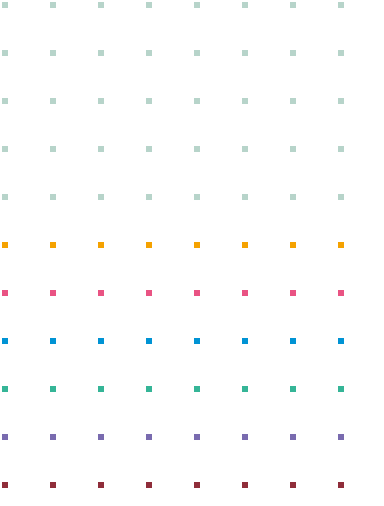第45回研究フォーラムを開催しました
Study Forum (45) was held on July 2 2016.

The forum began with Dr. Victor Pavon from the University of Cordoba in Spain explaining the benefits of bilingualism and providing the audience with the evidence from research to support the use of content in English language education. This was based on the work of researchers in many different educational contexts from around the world, but chiefly in Europe. Dr Pavon then explained what it is that makes for successful language education when using content, and also indicated future directions for research and successful implementation of Content and Language Learning (CLIL).

The following speaker, Professor Mark Sheehan from Hannan University, told the audience about an annual two-day student conference at which students from several universities in Japan have gathered at Hannan University to engage in corporate problem solving through collaboration with peers. In this scenario, students engage with content in the form of discussions in English about real-world problems provided by problems major Japanese companies. Professor Sheehan discussed the attitudes of students to various aspects of this events, including preparation, use of English, and perceptions of the value of the event.

Finally, Associate Professor Martin Parsons, also from Hannan University, gave a presentation about adding content to university EFL classes in Japan by broadening the syllabus to include problem-solving and academic subject matter. This presentation focussed on practical pedagogical issues, including the use of ICT, student motivation and some of the kinds of problems that can arise in classes of this type. Associate Professor Parsons also gave recommendations for future lines of investigation in order to improve the teaching and learning experience for university students.
This forum approached content in language education from three different angles: from a more theoretical and research-based approach, as seen in Dr. Pavon’s presentation, to an problem-based, “active learning” approach, as seen in Professor Sheehan’s presentation, to a classroom-based pedagogical approach as seen in Associate Professor Parsons’ presentation






